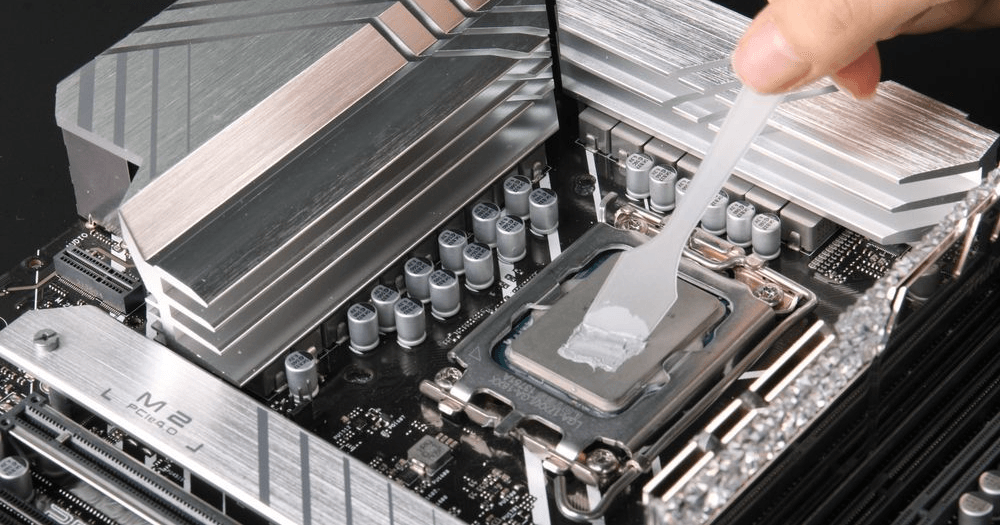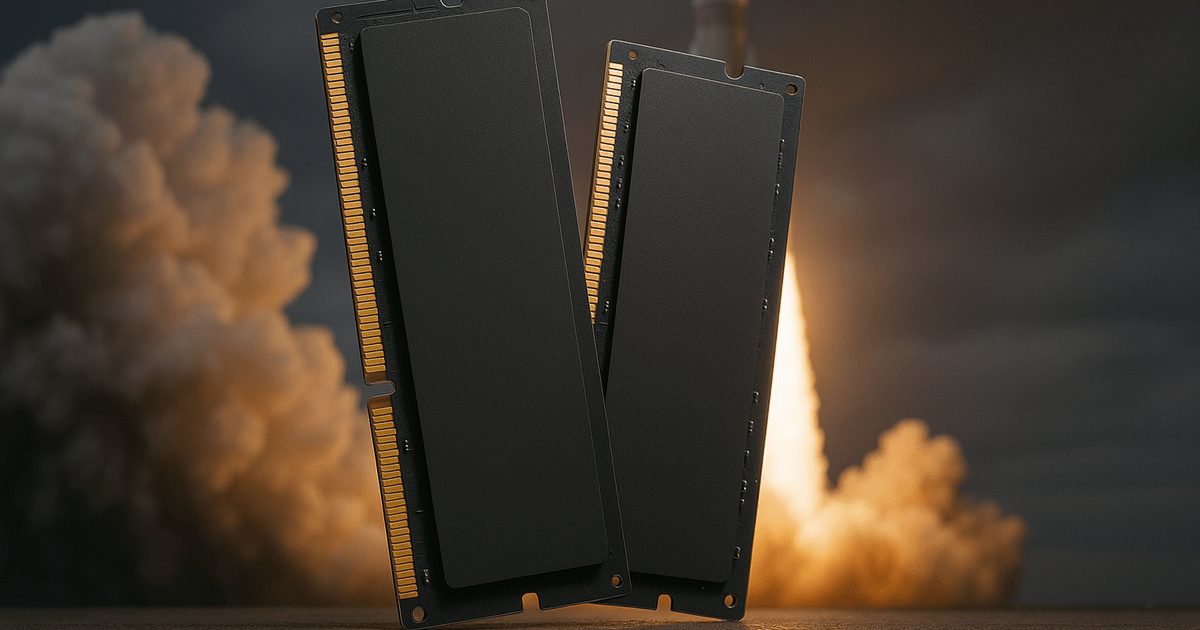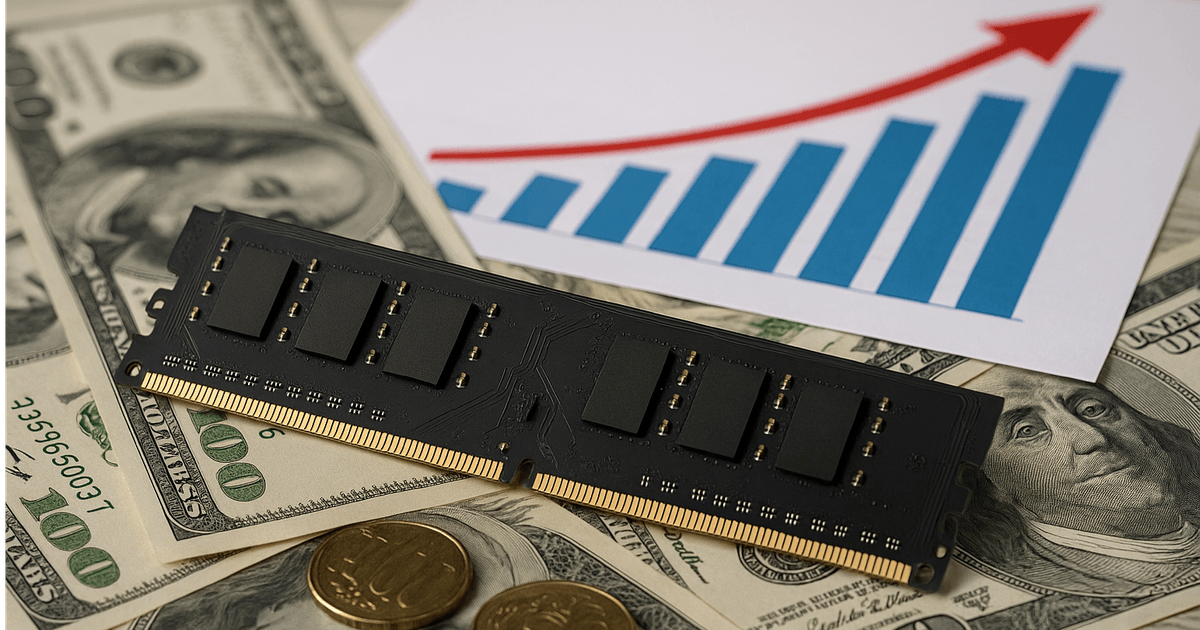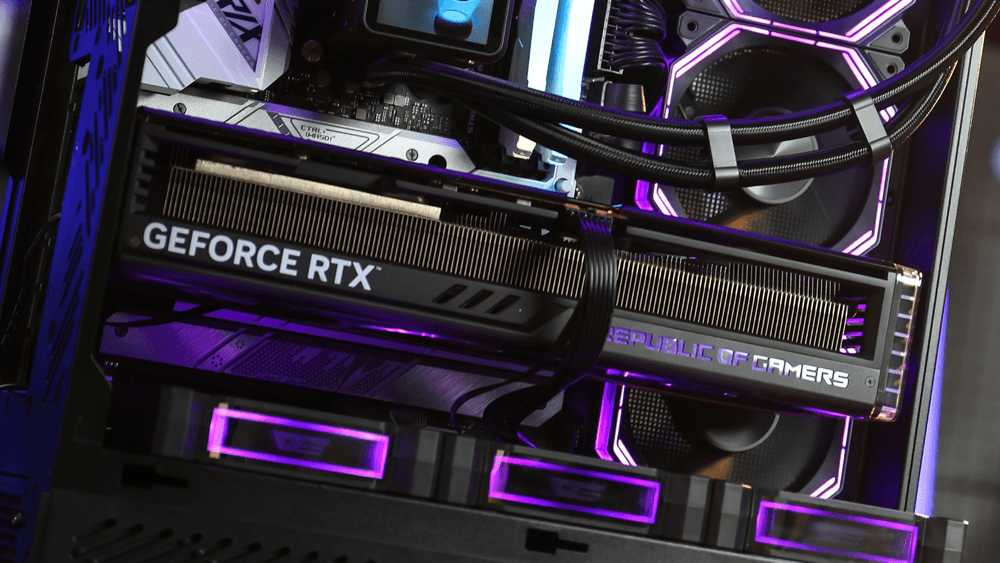
Following the recent price rebound of DDR4 and DDR5 memory, signs are emerging that GPU costs may soon climb as well. With flash and GDDR memory prices trending upward, the entire graphics card supply chain could feel the pressure. Here’s a breakdown of what’s happening and what it means for PC builders and gamers.
Memory Prices Are Rising Again
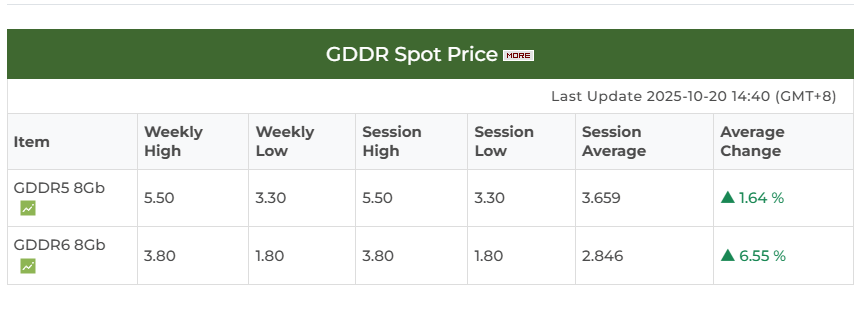

(source credit: TrendForce)
The semiconductor memory market is entering another upward cycle.
Recent data from TrendForce and DRAMeXchange shows that both DRAM and NAND flash prices have increased by 15–25% in late 2025, after nearly two years of decline.
Major manufacturers like Samsung, Micron, and SK Hynix have reduced older production lines and redirected capacity to meet surging AI and server demand. This has tightened supply for conventional memory chips used across PC components — from RAM modules to graphics cards.
GPUs Depend Heavily on Memory
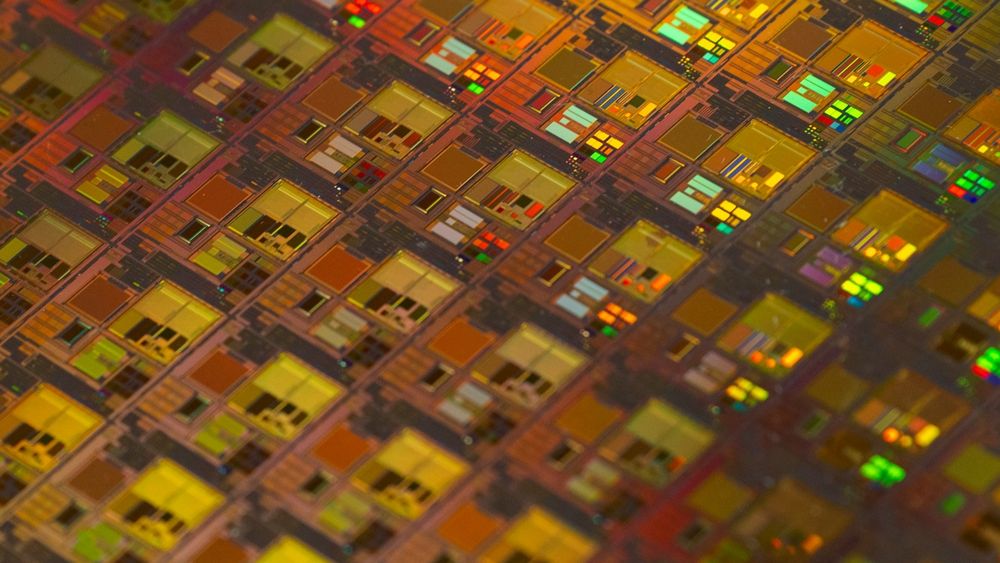
A modern GPU relies on graphics memory (GDDR) to process and store data such as textures, frames, and shader information. In high-performance graphics cards, GDDR6 and GDDR6X memory modules can account for up to 20–25% of total production cost.
This means that even small changes in memory pricing can directly influence the final cost of a GPU — particularly for models with large VRAM capacities like 16 GB or 24 GB.
Rising Flash and GDDR Costs
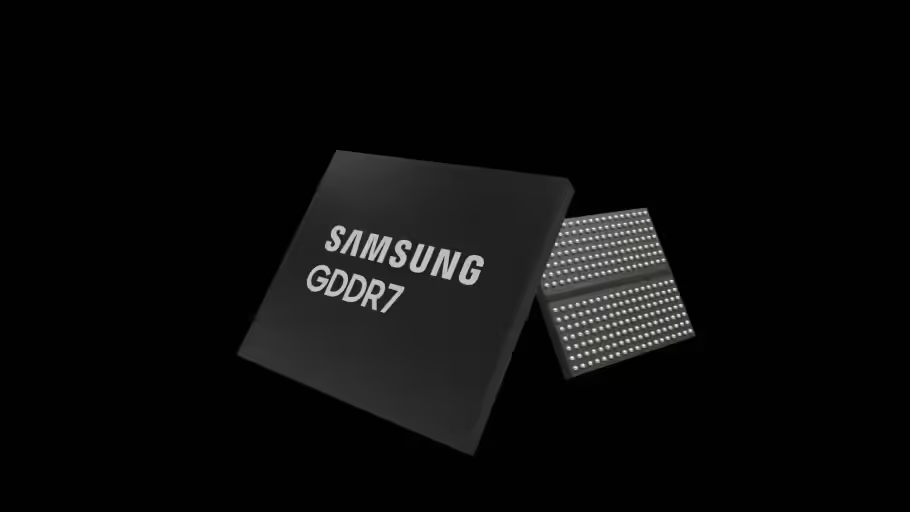
(image credit: Samsung Semiconductor)
The recent surge in memory prices is not limited to DDR modules.
Both GDDR (Graphics Double Data Rate) and flash memory used in GPUs are also affected, due to several combined factors:
AI-Driven Capacity Reallocation
Fabrication capacity is increasingly prioritized for high-bandwidth memory (HBM) used in AI accelerators, which reduces supply for traditional GDDR chips used in gaming GPUs.
Transition to Newer Nodes
As manufacturers move from GDDR6 to GDDR7, production of older chips slows down, leading to higher costs for remaining stock.
NAND/Flash Price Recovery
Flash storage, used in GPU firmware and BIOS components, has seen double-digit percentage increases this quarter.
Extended Lead Times
Longer delivery schedules and component shortages are prompting board makers to stockpile inventory, adding further cost pressure.
These factors collectively increase the bill of materials (BOM) for GPU production, even before assembly and logistics are considered.
Possible Impact on GPU Prices
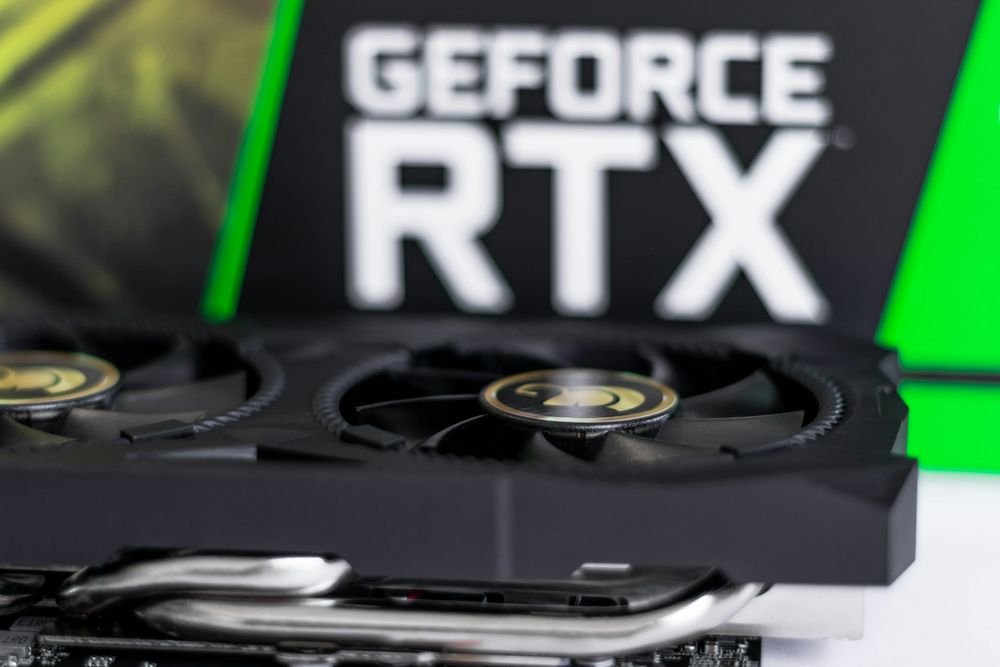
While GPU manufacturers typically try to maintain stable pricing, cost pressure from memory components can eventually filter down to consumers.
Based on current trends:
Mid-range GPUs could see 5–10% higher production costs.
High-end GPUs with large VRAM or next-generation memory like GDDR7 could rise by 10–20% in total cost.
Rather than direct MSRP hikes, consumers may see fewer discounts, slower price drops, or “refresh” models with adjusted specifications and memory sizes.
Factors That Could Soften the Effect
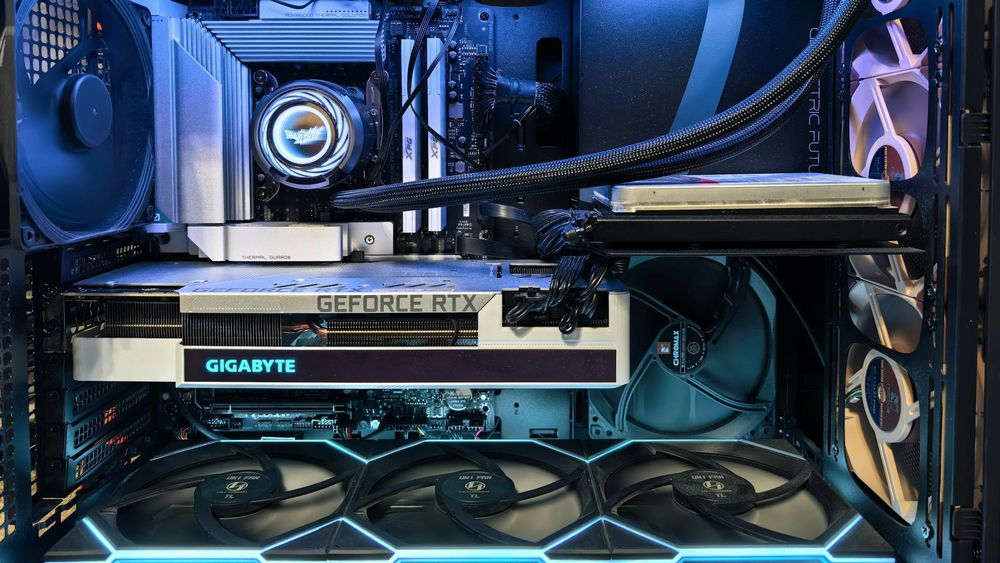
Despite upward cost trends, several factors may help contain large-scale price jumps:
Softening GPU demand in the DIY and gaming market may encourage manufacturers to absorb part of the increase.
Improving yields of GDDR7 memory could lower per-chip costs over time.
Remaining inventory from earlier production runs may cushion the short-term impact.
As a result, the adjustment in GPU pricing is more likely to be gradual rather than sudden, depending on how memory supply evolves through 2026.
What to Keep an Eye On
To understand where GPU pricing is heading, pay attention to:
Spot and contract prices for GDDR6/GDDR7 on DRAMeXchange or TrendForce
Quarterly reports from Samsung, Micron, and SK Hynix on memory profitability
MSI, ASUS, and Gigabyte pricing adjustments or inventory clearances
Launch prices of upcoming GDDR7-based GPUs
These indicators can reveal whether memory costs are translating into real-world price movement.
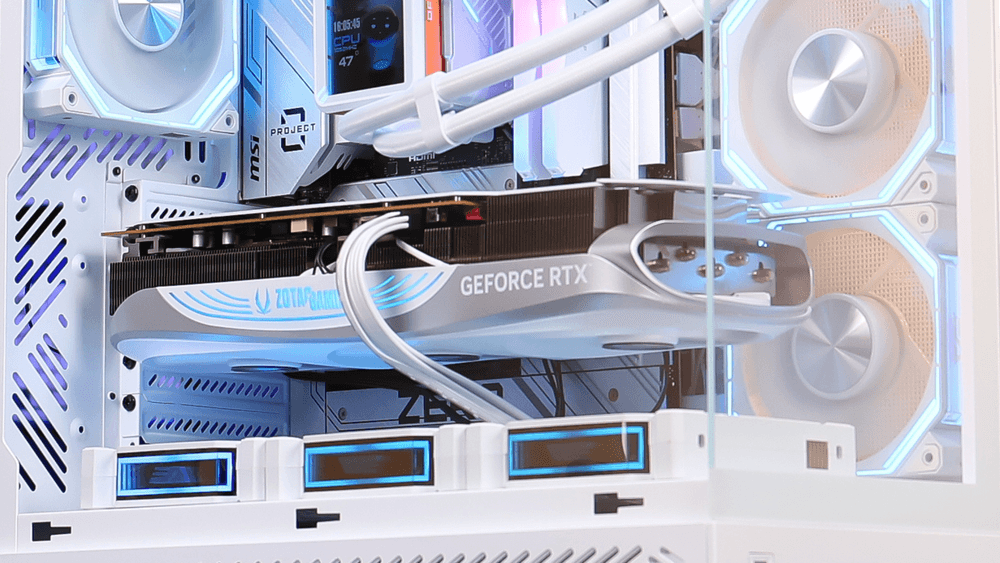
Conclusion: The Memory Ripple Effect Continues
The memory market’s rebound is already visible in DDR4, DDR5, and NAND flash segments — and GPUs may be next in line. As GDDR and flash memory costs increase, graphics cards could gradually become more expensive over the coming months.
For PC builders and gamers, it may be wise to plan upgrades early or watch for clearance deals before the next product generation arrives.
While the increase may not be dramatic, the trend shows a clear reminder: in the tech world, memory prices influence everything — even the heart of your gaming PC.

